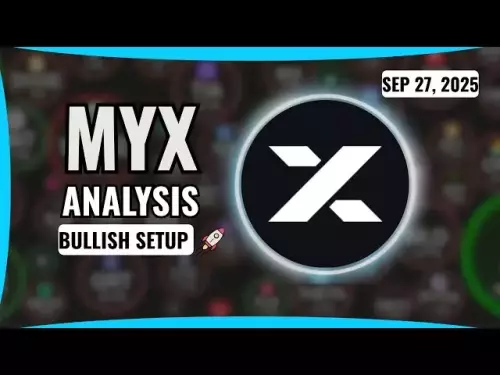-
 bitcoin
bitcoin $109523.663807 USD
-0.13% -
 ethereum
ethereum $4019.526508 USD
2.06% -
 tether
tether $1.000482 USD
0.00% -
 xrp
xrp $2.776815 USD
0.18% -
 bnb
bnb $958.942396 USD
0.12% -
 solana
solana $204.294698 USD
3.84% -
 usd-coin
usd-coin $0.999693 USD
0.00% -
 dogecoin
dogecoin $0.232115 USD
2.09% -
 tron
tron $0.338028 USD
0.84% -
 cardano
cardano $0.790920 USD
1.50% -
 hyperliquid
hyperliquid $44.871443 USD
5.60% -
 ethena-usde
ethena-usde $1.000322 USD
0.04% -
 chainlink
chainlink $21.034165 USD
2.60% -
 avalanche
avalanche $28.794831 USD
-0.54% -
 stellar
stellar $0.360466 USD
1.24%
how is satoshi nakamoto anonymous
Satoshi Nakamoto, the enigmatic creator of Bitcoin, has maintained anonymity through a combination of pseudonymity, encrypted communications, and a limited online presence, leaving his true identity a tantalizing mystery in the cryptocurrency realm.
Oct 11, 2024 at 11:41 am

Satoshi Nakamoto is the pseudonymous creator of Bitcoin, the world's first cryptocurrency. Since its release in 2009, Nakamoto's identity has remained a mystery despite extensive efforts to uncover it. This article explores the various methods employed by Nakamoto to maintain his anonymity.
1. Minimal Public PresenceNakamoto has never given an interview or made any public appearances. He only communicated through online forums and email, using his pseudonym as an identifier. His limited online activity has helped keep his identity a secret.
2. Use of PseudonymsNakamoto's pseudonymity started from the very beginning. The name "Satoshi Nakamoto" is widely believed to be a combination of a Japanese name, "Satoshi," and "Nakamoto," which means "origin" in Japanese. However, this has never been confirmed, and Nakamoto could be of any nationality.
3. Concealed Email AddressesNakamoto used a BitcoinTalk forum account, which was registered with a concealed email address. This email address was not linked to any other accounts or personal information. It allowed Nakamoto to communicate with others while protecting his anonymity.
4. Encryption and Anonymizing SoftwareNakamoto employed sophisticated encryption techniques to safeguard his communications. He used PGP encryption for emails and Tor software to anonymize his internet traffic. These measures made it extremely difficult for eavesdroppers to intercept and decipher his messages.
5. Limited Timeframe of ActivityNakamoto's active involvement in the Bitcoin community was limited to a period of around two years, from 2009 to 2011. He disappeared from public view shortly after the Bitcoin software was released. This short timeframe reduced the opportunities for someone to identify him.
6. Diverse Communication StylesWhen communicating online, Nakamoto used different writing styles and mannerisms. This made it harder for those trying to analyze his writing patterns or identify any specific individual.
7. Value-Based Community EngagementNakamoto focused on the technical aspects of Bitcoin and avoided discussing his personal life or revealing any identifying information. His primary concerns were the development and adoption of the cryptocurrency, rather than self-promotion.
8. Absence of Personal ConnectionsNakamoto did not establish any personal relationships with those involved in the Bitcoin community. He remained professional and impersonal in his interactions, further protecting his anonymity.
9. Outmaneuvering Tracing AttemptsAs efforts to uncover Nakamoto's identity intensified, he employed various countermeasures. For example, he intentionally created multiple "honeypot" accounts to misdirect investigators.
10. Ongoing Speculation and Uncertain FutureDespite the extensive efforts to unveil Nakamoto's identity, his true identity remains unknown. Numerous individuals and groups have been proposed as possible candidates, but none have been conclusively proven. The mystery surrounding Nakamoto's identity continues to fuel speculation and intrigue within the cryptocurrency community.
Disclaimer:info@kdj.com
The information provided is not trading advice. kdj.com does not assume any responsibility for any investments made based on the information provided in this article. Cryptocurrencies are highly volatile and it is highly recommended that you invest with caution after thorough research!
If you believe that the content used on this website infringes your copyright, please contact us immediately (info@kdj.com) and we will delete it promptly.
- Bitwise, Solana, and the ETF Filing Frenzy: What's the Deal?
- 2025-09-28 06:25:16
- Ruvi AI: Surpassing Tron's Demand, the Next 100x Token?
- 2025-09-28 06:25:16
- BSE, IPOs, and Crypto Funds: A New York Minute on India's Regulatory Tightrope
- 2025-09-28 06:30:01
- Ruvi AI: The Avalanche Ecosystem's Next Big Thing, Blazing Through Phase 3
- 2025-09-28 06:30:01
- Tron, Ruvi AI, and Institutional Backing: What's the Buzz?
- 2025-09-28 06:30:01
- Q-UP: Is Coin Flipping the Next eSports Sensation? A Look at Fairness in Gaming
- 2025-09-28 06:30:15
Related knowledge
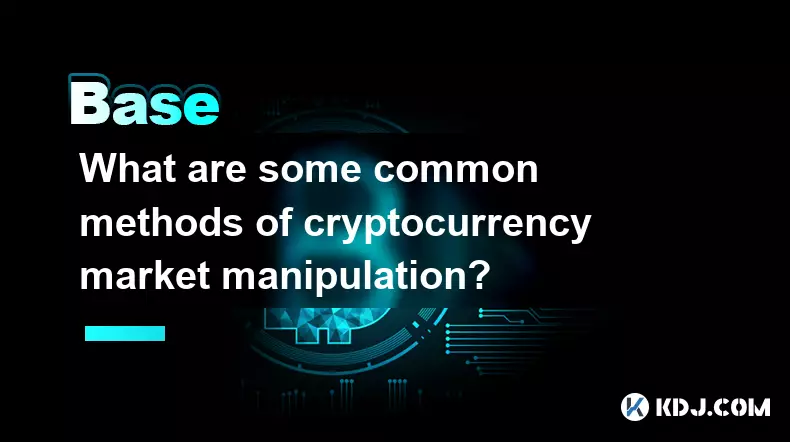
What are some common methods of cryptocurrency market manipulation?
Sep 27,2025 at 02:55am
Wash Trading and Its Impact on Market Perception1. Wash trading involves an individual or entity simultaneously buying and selling the same cryptocurr...
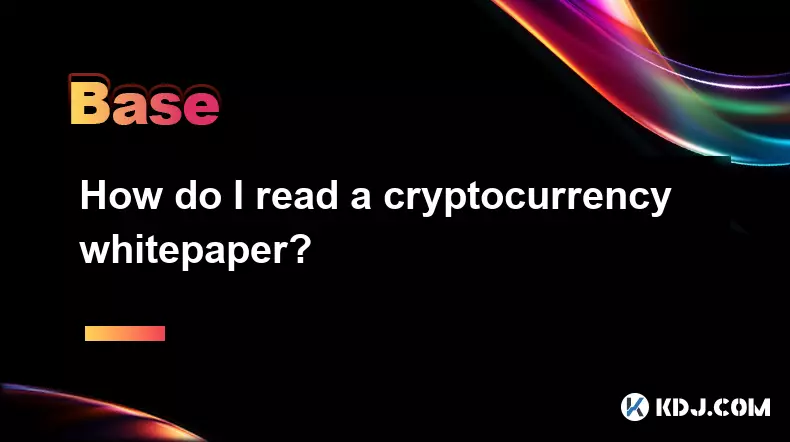
How do I read a cryptocurrency whitepaper?
Sep 27,2025 at 05:54am
Understanding the Structure of a Cryptocurrency Whitepaper1. Begin by identifying the executive summary, which outlines the project’s core vision and ...
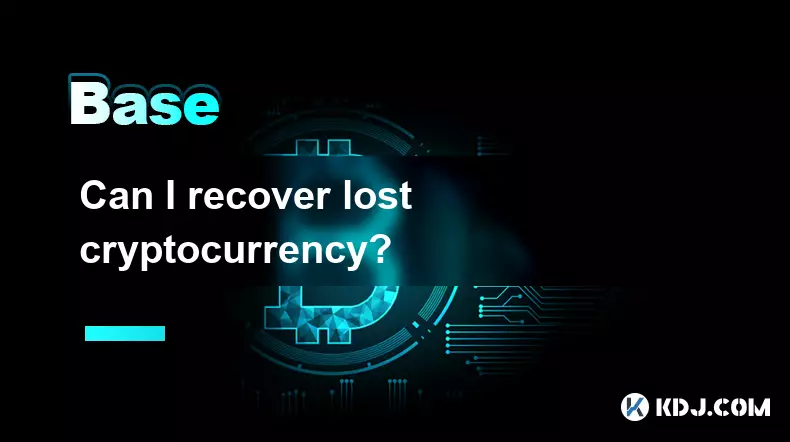
Can I recover lost cryptocurrency?
Sep 25,2025 at 08:18am
Understanding the Nature of Cryptocurrency Loss1. Cryptocurrency operates on decentralized networks, meaning there is no central authority to reverse ...
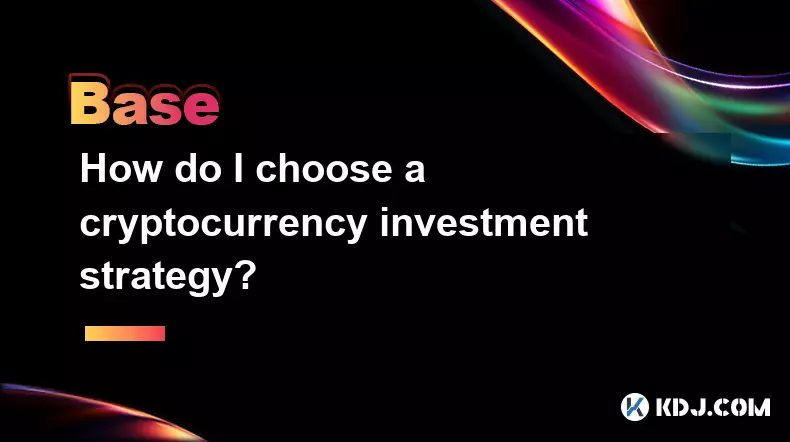
How do I choose a cryptocurrency investment strategy?
Sep 27,2025 at 03:55pm
Understanding Risk Tolerance in Crypto Investing1. Assessing personal risk tolerance is a foundational step when entering the cryptocurrency market. V...
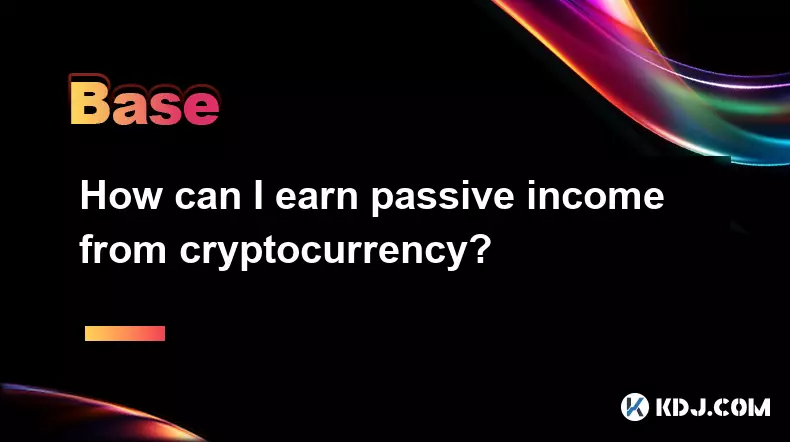
How can I earn passive income from cryptocurrency?
Sep 23,2025 at 10:18am
Staking Cryptocurrencies for Regular Returns1. Many blockchain networks operate on a proof-of-stake (PoS) consensus mechanism, allowing users to earn ...
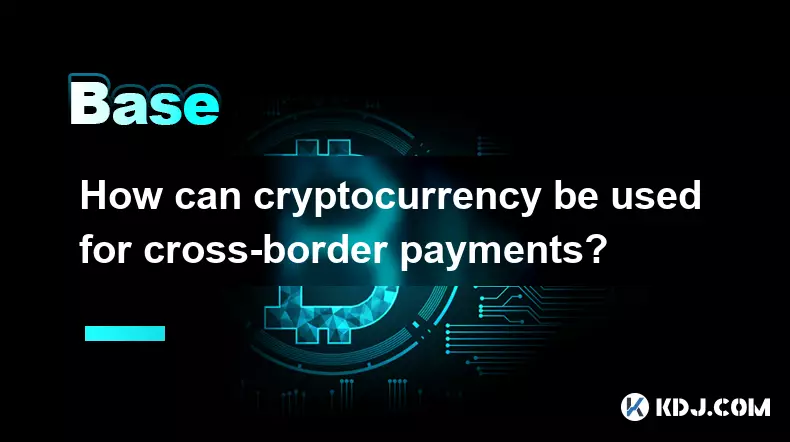
How can cryptocurrency be used for cross-border payments?
Sep 28,2025 at 01:36am
Efficiency in International Transactions1. Cryptocurrency enables near-instant settlement across borders without relying on traditional banking interm...

What are some common methods of cryptocurrency market manipulation?
Sep 27,2025 at 02:55am
Wash Trading and Its Impact on Market Perception1. Wash trading involves an individual or entity simultaneously buying and selling the same cryptocurr...

How do I read a cryptocurrency whitepaper?
Sep 27,2025 at 05:54am
Understanding the Structure of a Cryptocurrency Whitepaper1. Begin by identifying the executive summary, which outlines the project’s core vision and ...

Can I recover lost cryptocurrency?
Sep 25,2025 at 08:18am
Understanding the Nature of Cryptocurrency Loss1. Cryptocurrency operates on decentralized networks, meaning there is no central authority to reverse ...

How do I choose a cryptocurrency investment strategy?
Sep 27,2025 at 03:55pm
Understanding Risk Tolerance in Crypto Investing1. Assessing personal risk tolerance is a foundational step when entering the cryptocurrency market. V...

How can I earn passive income from cryptocurrency?
Sep 23,2025 at 10:18am
Staking Cryptocurrencies for Regular Returns1. Many blockchain networks operate on a proof-of-stake (PoS) consensus mechanism, allowing users to earn ...

How can cryptocurrency be used for cross-border payments?
Sep 28,2025 at 01:36am
Efficiency in International Transactions1. Cryptocurrency enables near-instant settlement across borders without relying on traditional banking interm...
See all articles


























